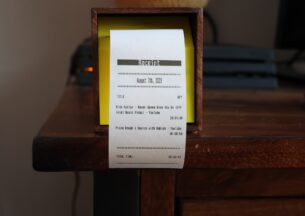Jean Salac (UChicago) - Beyond Child's Play: Understanding & Supporting Program Comprehension in Young Learners
Beyond Child’s Play: Understanding & Supporting Program Comprehension in Young Learners
Worldwide, many countries are integrating Computer Science (CS) and Computational Thinking (CT) instruction into elementary school curricula. This push for CS/CT instruction in younger ages increases the need to better understand how young learners come to a comprehension of programs and how they can be effectively supported in their learning. However, research into this age group (ages 9-15) is relatively thin compared with research into university-age learners. Research for university-age students is unlikely to directly translate to younger learners. Further, the context in which young learners learn computing differ greatly from the university setting, making direct translation difficult, if not impossible.
This dissertation outlines a series of studies that illuminate the contributing factors to comprehension, the different types of comprehension achieved, and the strategies that support program comprehension in young learners. We have found that societal factors, such as school environment, gender, and under-represented minority status, and academic factors, such as reading and math proficiency, contribute to various aspects of program comprehension. Further, our studies revealed that students frequently use code that they only demonstrate a functional, not a structural, understanding of, when learning in an open-ended curriculum. To bridge these gaps in elementary program comprehension, we developed two strategies: (1) TIPP&SEE, inspired by previewing and navigating strategies in reading, and (2) diagramming, inspired by similar strategies used in university CS and elementary math. Exploratory studies have shown TIPP&SEE to be associated with positive performance differences in summative CT assessments and in project completion rates, as well as with narrowed gaps between students with and without academic challenges. In contrast, a diagram-based implementation of TIPP&SEE was linked to similar performance as a text-based implementation of TIPP&SEE, with implications for the design of such diagrams for young learners. Taken together, this body of work deepens our collective understanding of program comprehension in young learners for more effective and equitable implementations of elementary CS/CT curricula.














